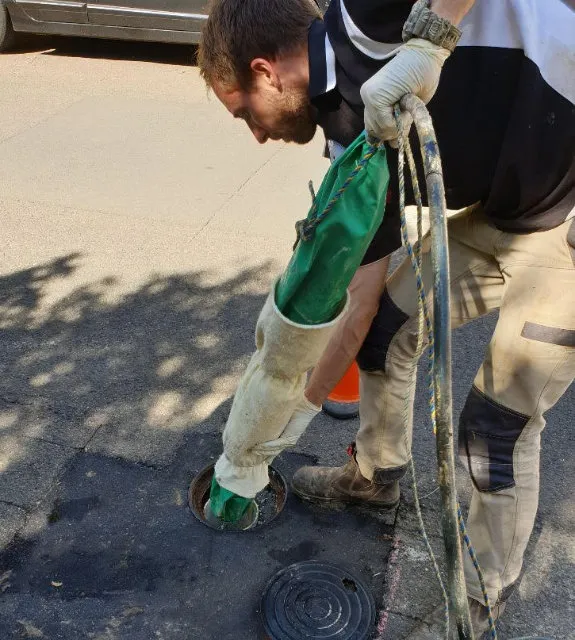How to repair a cracked pipe under concrete
How to repair a cracked pipe under concrete
Dealing with a broken pipe whether it's in a residential property or business can be a stressful situation, and it becomes even more challenging when the pipe is located beneath a concrete surface, making it a lot more difficult to access. There is no doubt that promptly locating and repairing the crack is essential to prevent water damage, wastage, and the potential for structural damages to occur. In such cases, where accessing pipes can be tricky and to ensure a swift and effective resolution, seeking professional assistance and the use of specialised equipment may be necessary.

Do you need a professional?
Minor and straightforward repairs of cracked pipes under concrete might be suitable for enthusiastic homeowner DIYers. Ideally, for a DIY repair, you will need a level of plumbing and construction experience, and the appropriate tools and materials. One of the problems you can encounter with concealed pipes is you don't know the extent of damage and the most suitable repair method until you reach it. In most instances, plumbing issues that occur under concrete require consultation and assessment by a qualified plumber to ensure a safe, effective, and long-lasting repair.
Steps to repair a cracked pipe under concrete include:
If your cracked pipe is on a commercial property it is recommended to enlist a qualified plumber to carry out the necessary repairs. If you are a homeowner and have decided to tackle your cracked pipe as a DIY project, the steps outlined below will help you. These steps are also applied by a professional when dealing with this type of pipe repair.
Locate the Crack - Determine the exact location and extent of the cracked pipe. This may involve visual inspection or the use of specialised tools, such as a pipe locator.
Shut Off Water Supply - Locate the main water shut-off valve and turn off the water supply to the affected area.
Digging - Use a shovel to carefully excavate the concrete around the damaged section of the pipe. You may need to use a pickaxe or jackhammer for concrete removal. Dig a trench wide and deep enough to access the pipe.
Cut Out the Damaged Section - Using a pipe cutter or hacksaw, carefully cut out the damaged section of the pipe. Ensure the cuts are clean and straight.
Replace the Pipe - Measure and cut a replacement pipe to fit the gap created by removing the damaged section. Make sure the new pipe is the same diameter as the old one. For copper pipes, use soldering equipment to connect the new section. For PVC pipes, use PVC cement to secure the new section.
Insulate the Pipe - If your area experiences freezing temperatures, insulate the repaired section of the pipe to prevent future cracks. Use pipe insulation designed for your pipe type.
Secure the Pipe - Use pipe clamps or straps to secure the new pipe in place. Ensure it is properly supported to prevent future movement.
Concrete Patching - Mix the concrete according to the manufacturer's instructions and carefully fill the trench around the repaired pipe. Use a trowel to smooth the surface and make it level with the surrounding area.
Finishing - Allow the concrete to cure according to the manufacturer's instructions. This usually takes several days. Keep the area protected and moist during this time to aid in curing.
Test the Repair - Turn on the water supply and check for any leaks. Make sure the repaired pipe is functioning properly.

When you need a qualified plumber
For all your plumbing concerns contact our team at Everyday Plumbing & Gas and speak to one of our plumbing specialists on 0406 400 200 or complete our online booking form today.